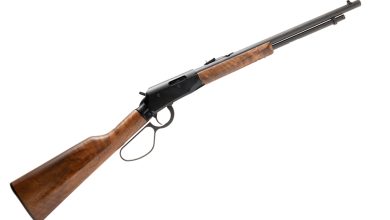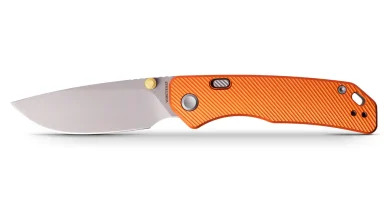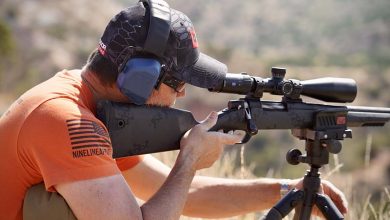Serbian AKs, Part 5: Rising from the Ashes
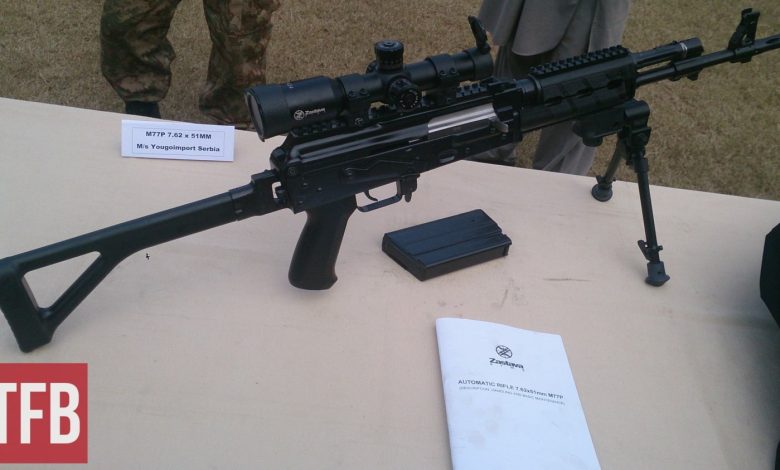
In Part 1 of this article, I talked about the first prototypes of Yugoslav AKs, in Part 2 we dived into the history of M70 rifles with milled receivers, Part 3 was dedicated to the most common Zastava M70, Part 4 went over rifles that Zastava developed during the collapse of Yugoslavia. In this final chapter, I will talk about modern Serbian AKs that I’ve seen over the years.
AK History @ TFB:
In the 90s, the Zastava factory went through many challenges: hyperinflation, sanctions, and trade embargoes, but survived it all. Perhaps the biggest challenge came in the spring of 1999.
At that time, the Zastava factory was one of the targets bombarded by the joint NATO airforce during “Operation Allied Force”. My friend lived near the factory at that time, she was only 10 and vividly remembers the air sirens, explosions, and nights at the bomb shelter.
Post-strike bomb damage assessment photograph of the Kragujevac Armor and Motor Vehicle Plant Crvena Zastava. Source.
The damage to the factory was estimated at around 60 million dollars, but by the end of 1999, the production was restored, and Zastava lived on, just like it did after almost complete destruction during World War I.
After the fall of Milosević, sanctions were lifted and arms exports continued. In 2003, Mihail Kalashnikov visited the factory on the 150 birthday of Zastava Arms. According to other people who attended the event, when asked, he said that he is happy with the quality of Serbian AKs.
In 2004, the USA normalized trade relations with Serbia and started buying Zastava firearms. Around 2010, the factory developed yet another version of M70 – M70AB3. It was a simplified classic M70AB2 with a thick receiver, reinforced trunnion, and folding stock, but without rifle grenade launching capabilities. Instead, it could be used with UBGL (under-barrel grenade launcher).
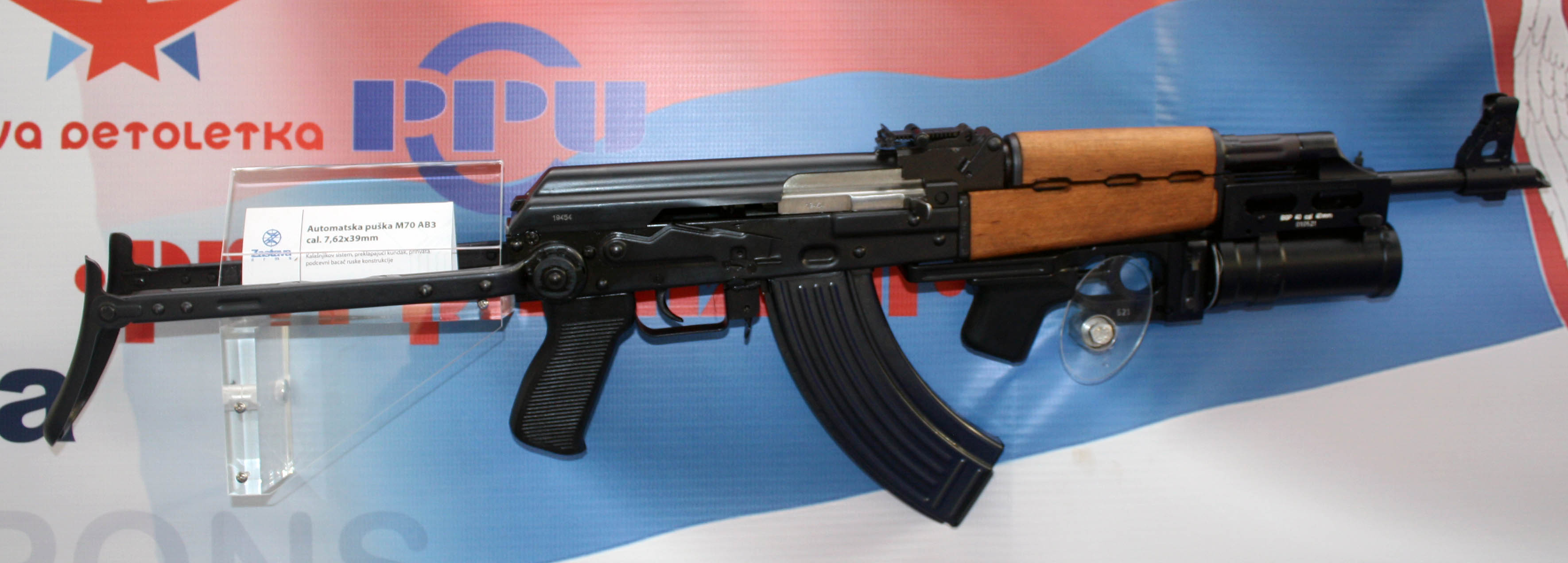
M70AB3 at the expo in Belgrade. Source.
Later on, the factory began the development of a new series of Serbian AKs called M05. It was the first Zastava AK with integrated Picatinny rails on the handguard. It also has a side-folding stock from Zastava M21 – in my opinion, a significant improvement compared to underfolding stocks.
I inspected many Zastava M05s in Africa and didn’t really have to repair anything. The finish held up well, there was no rust, and security contractors were happy they were issued new guns. Hopefully, I will come back to that place in a few years to see if any problems appear.
There are three versions of the main M05 rifle: E1, which doesn’t have Picatinny rails or a side mount on the receiver, E2 with a traditional side rail, and E3 with a railed receiver cover.

One of the main modern Serbian AKs M05 E1
All new Zastava rifles have a version with a railed receiver cover. I first saw it on М77P, a Zastava AK chambered for 7.62×51. The design of the rail receiver cover was pretty smart – instead of inventing a whole new mechanism, engineers based it on a proven design from the PKM receiver cover.
I’ve seen the performance of that M77 rifle in Pakistan when the country held trials to replace its main service rifle in 2016. The receiver was used to mount magnified optics and worked reasonably well
M77 is based on the M76 designated marksman rifle that was used by all sides during the Yugoslav wars. In the following TFB TV video, James Reeves goes over the history and modernization of this rifle.
Short-barreled M92 was also improved. The new version is called M05 C1 and has adjustable M4-style stock, rails on the handguard, and receiver cover. In Afghanistan, my very good friend had to bolt Picatinny rails to the wooden handguard to attach a tactical light. Good to know that would not be necessary on a newer M92s.
Unlike many other AK manufacturers, Zastava engineers don’t just modify AKs and actually develop new weapons based on the AK system. The best example is the modular M19 MCS rifle that can be chambered in 7.62×39 or 6.5 Grendel.
I have no experience with it, but thankfully, TFB TV has an exclusive video about this rifle filmed at the Zastava factory in Serbia.
There are a lot of Zastava rifles made for the US civilian market. In Serbia, many gun owners are convinced that guns made for the United States are superior in quality. At the same time, some US gun owners say that only Zastavas made for the Serbian military are the pinnacle of excellence.
Personally, I have minimal experience with Serbian AKs sold in the USA, since most of my work was in Africa and the Middle East, so I would really appreciate it if you could share your experience here in the comments.
Also, I want to thank the TFB community for their help with this series of articles. This is the only gun website where I learned so much in the comment section. If you have something to add to the Yugoslavian AK history, please send your photos and stories to my email listed below.



